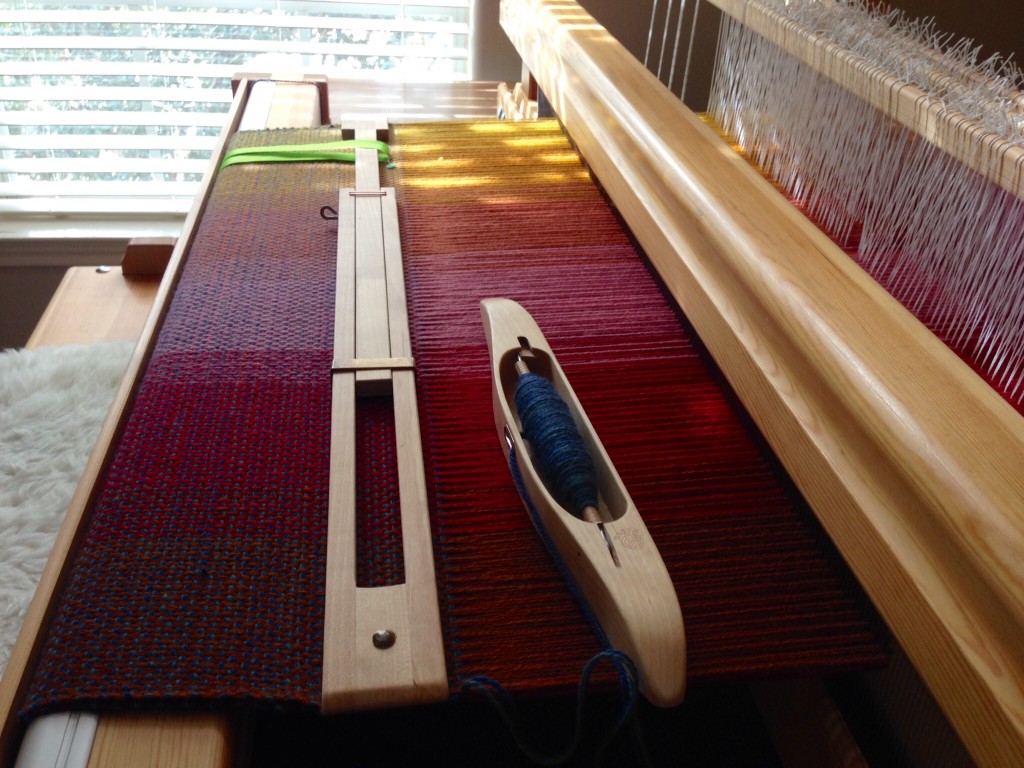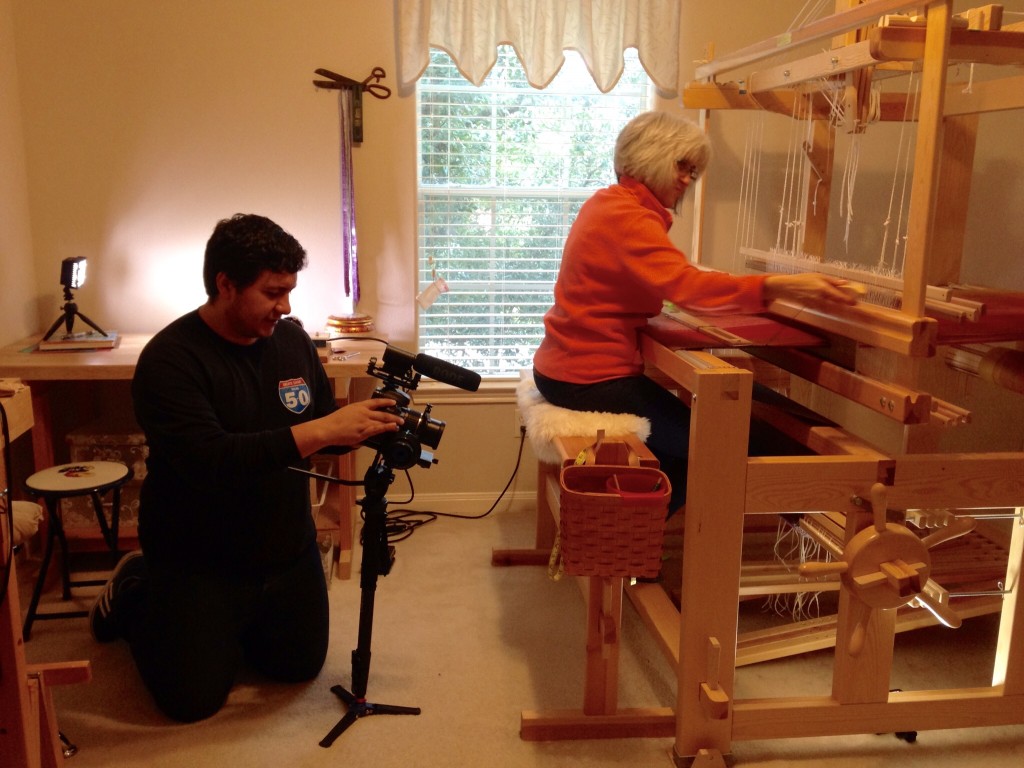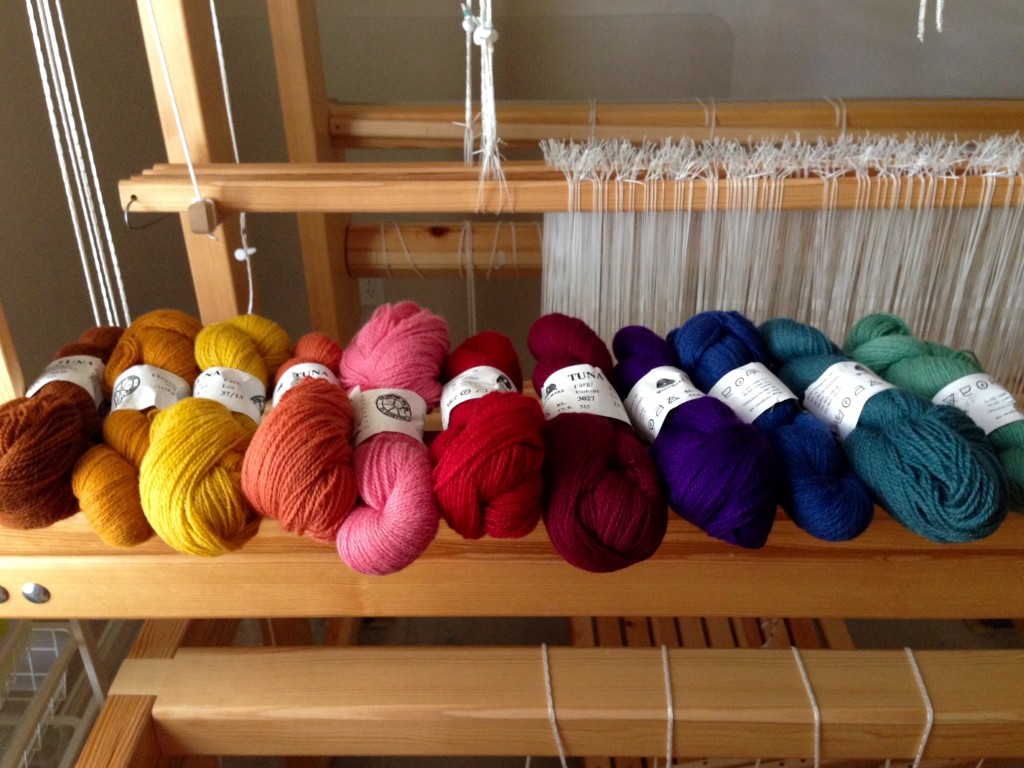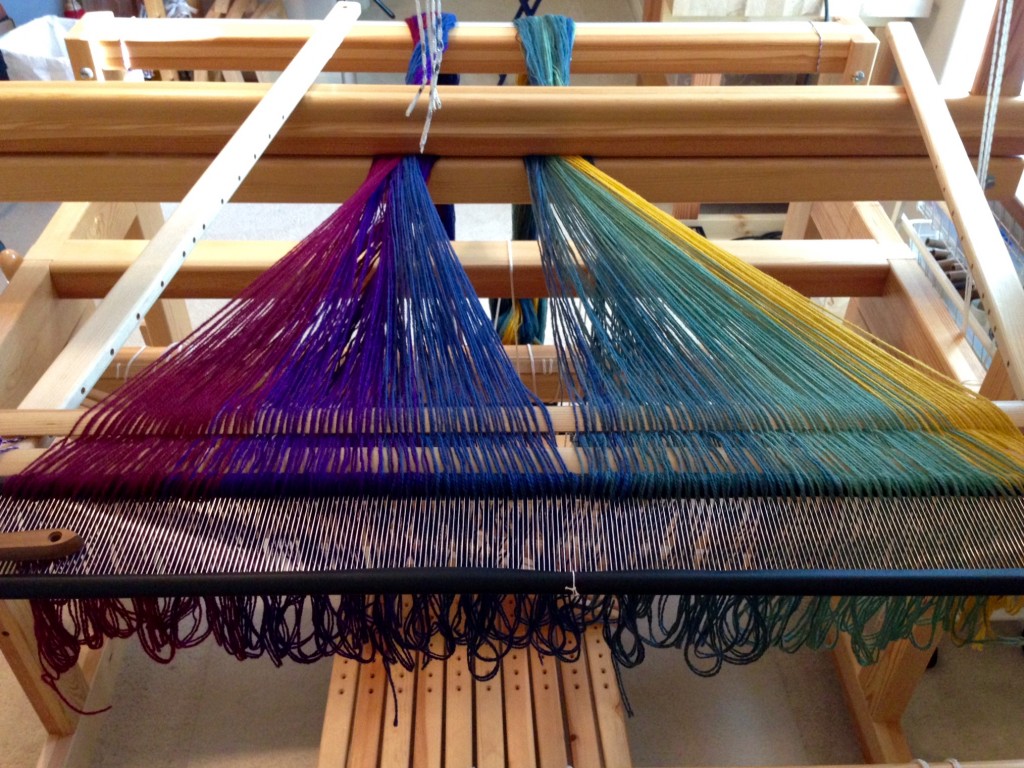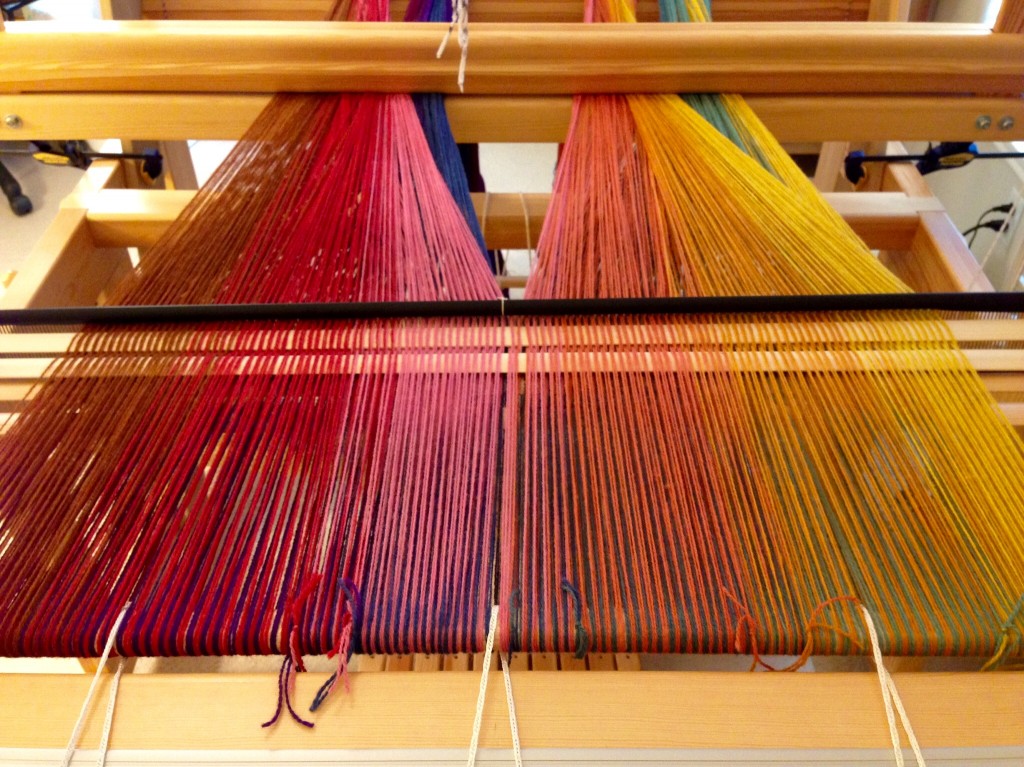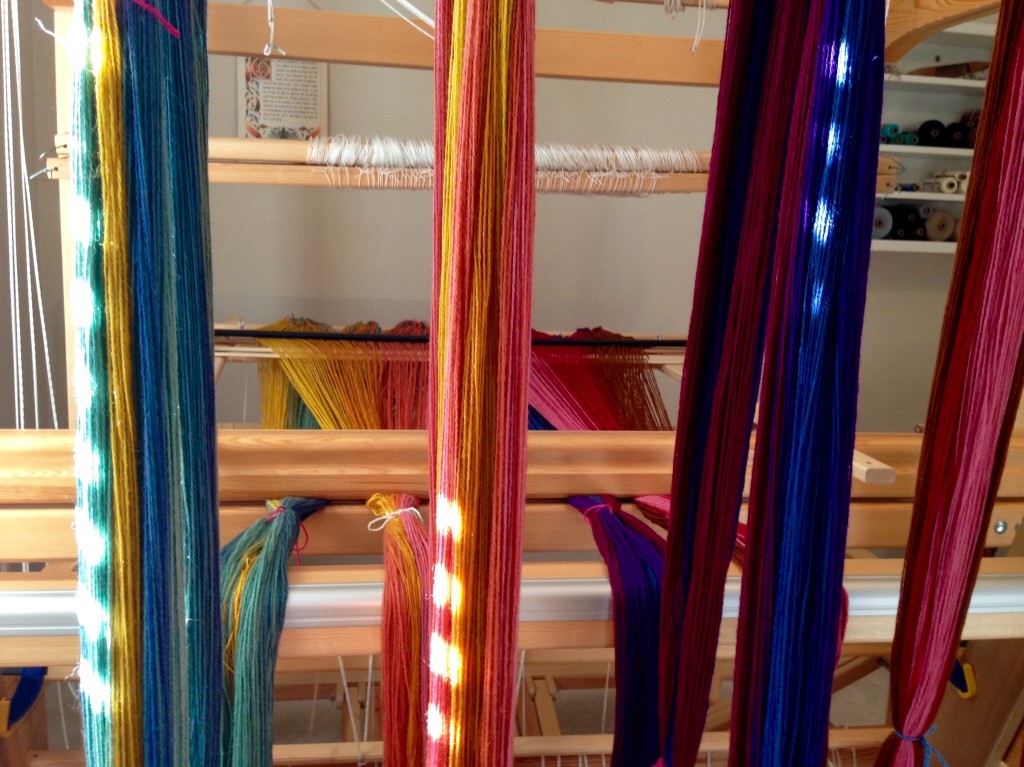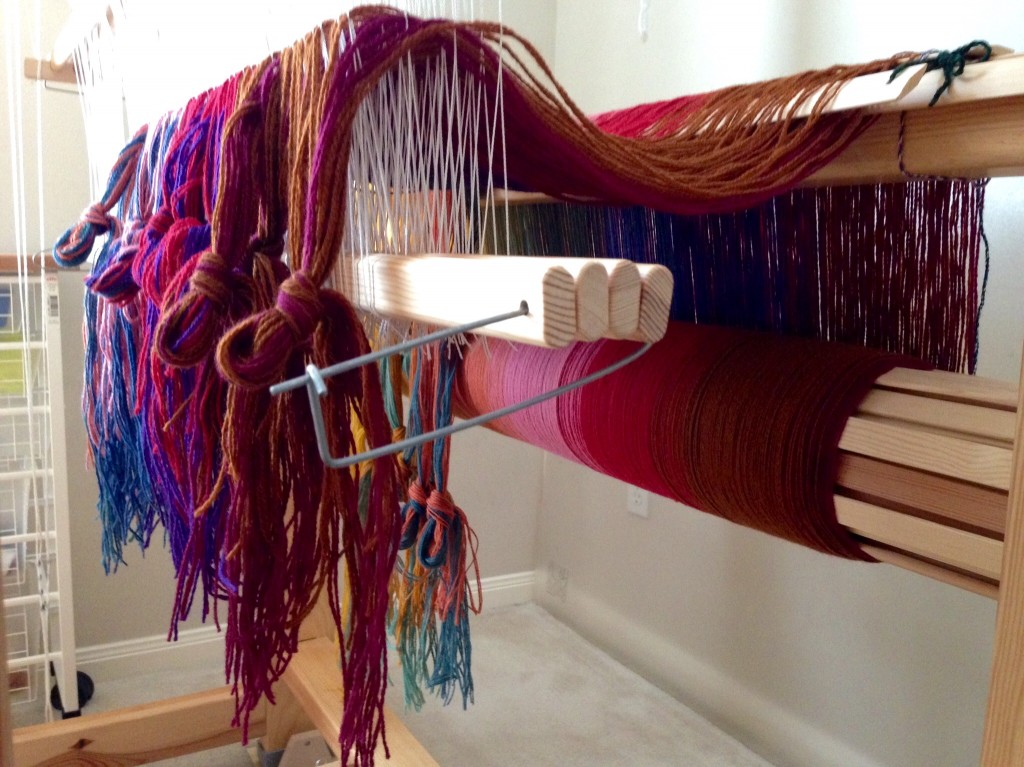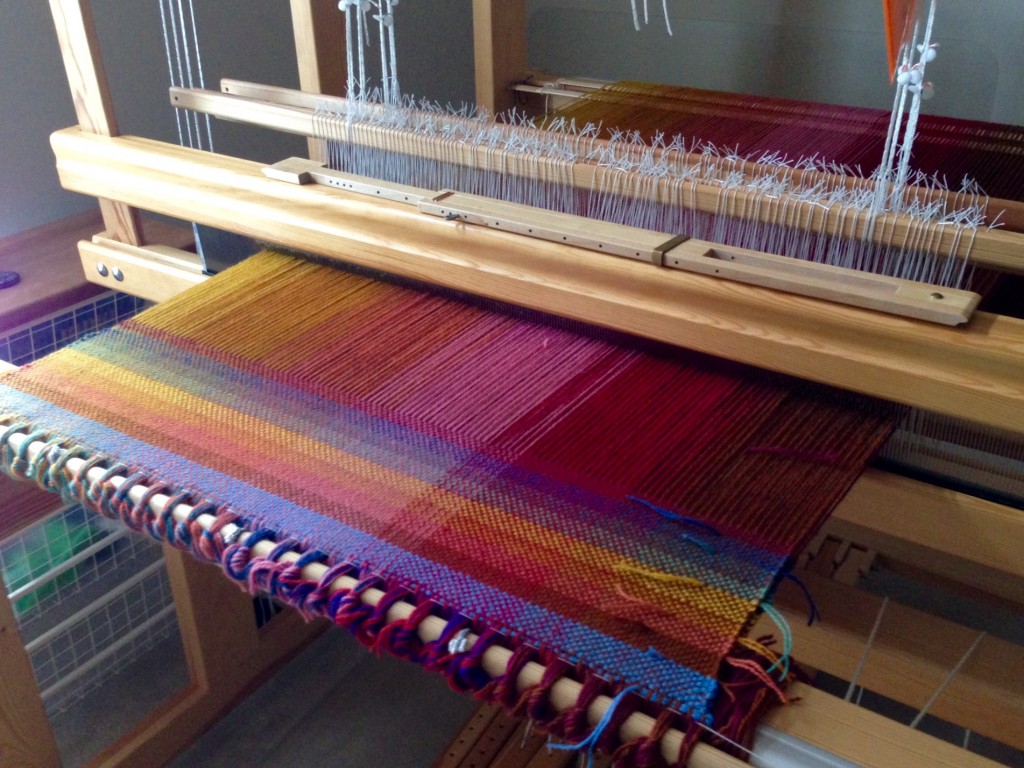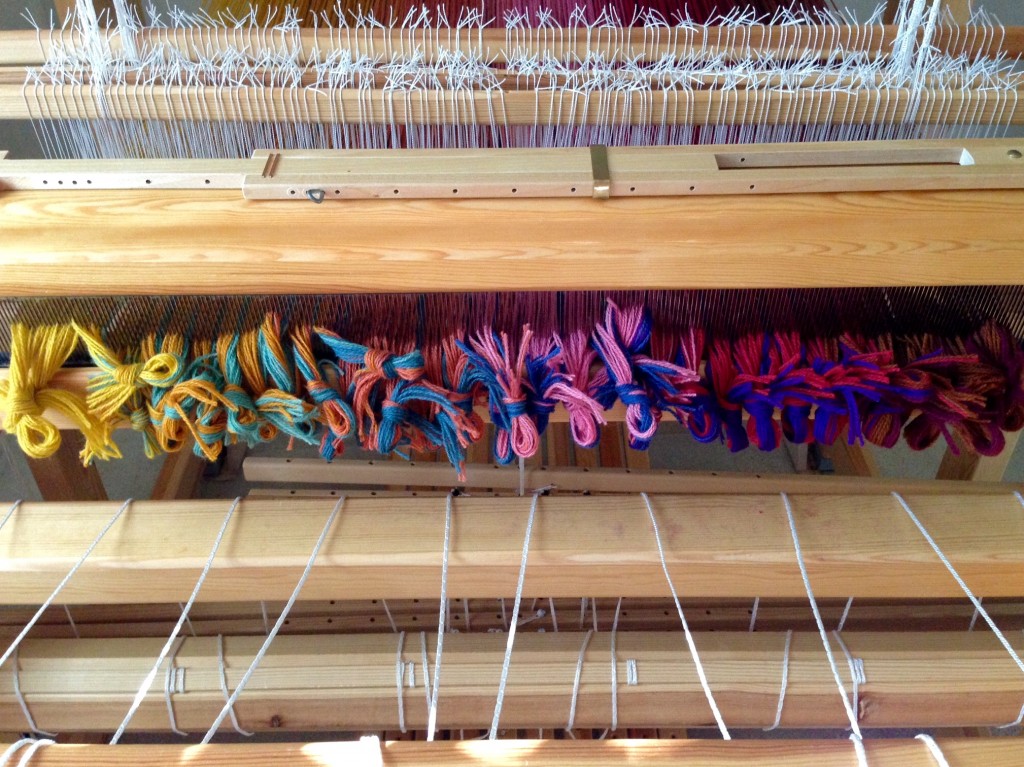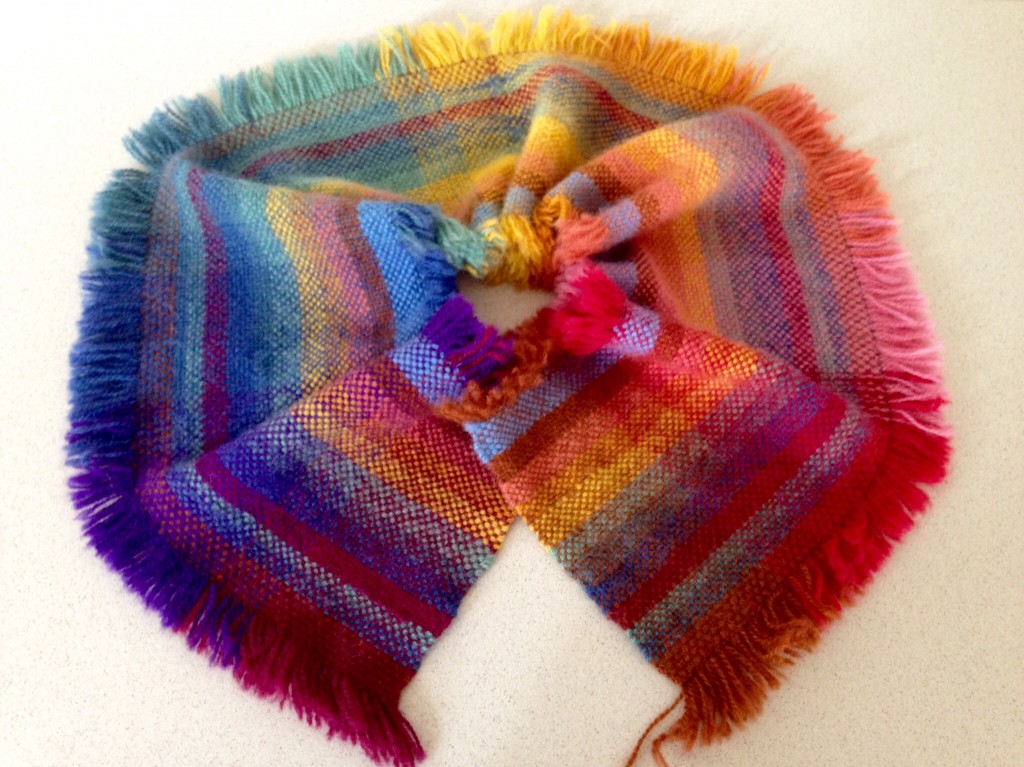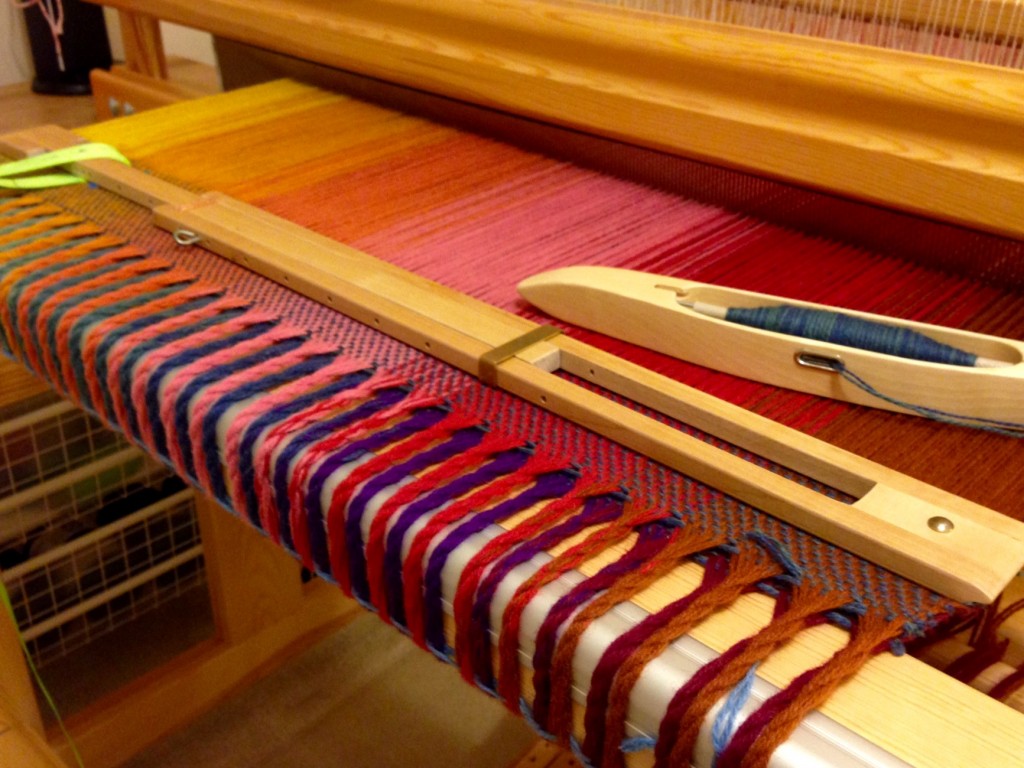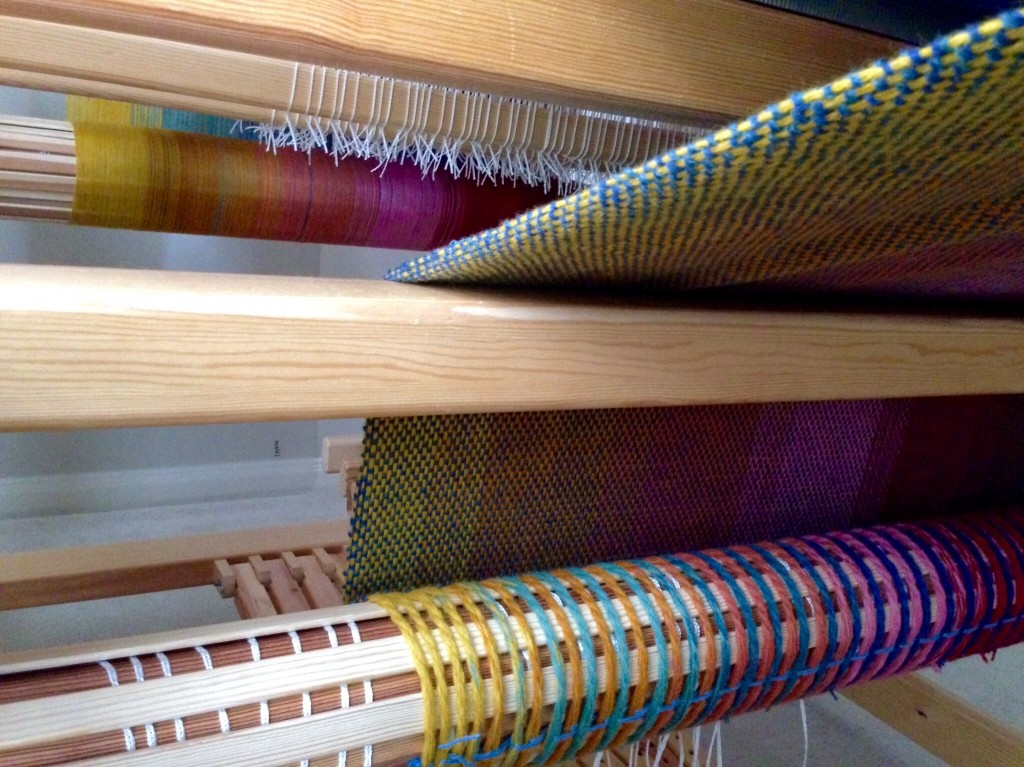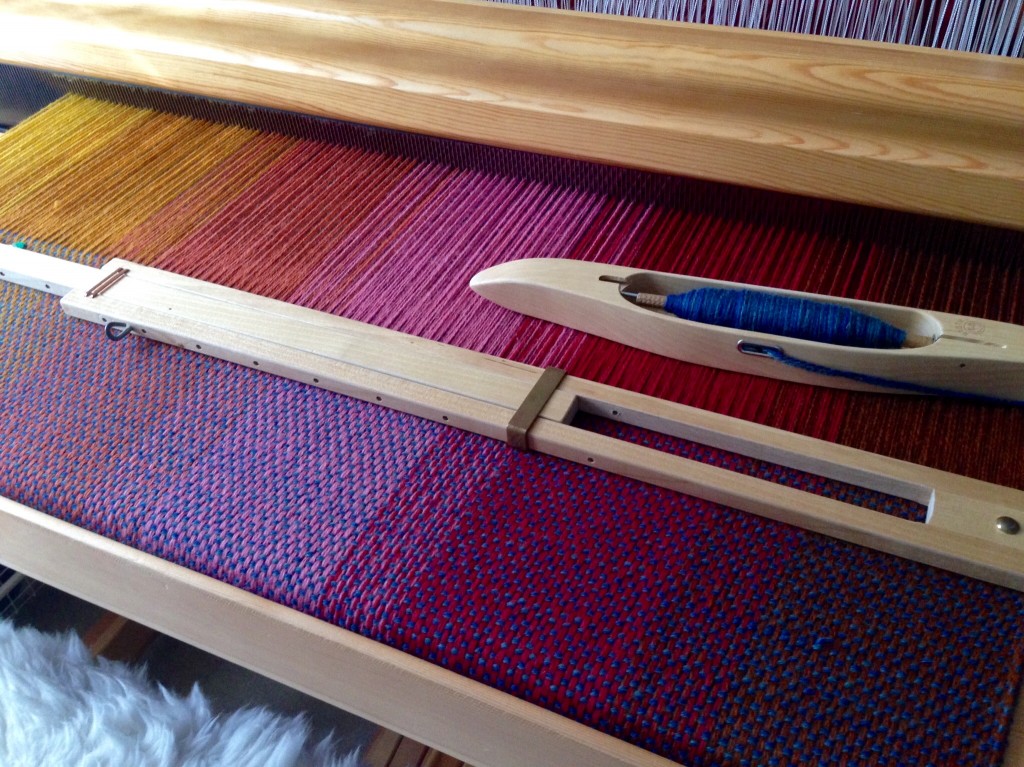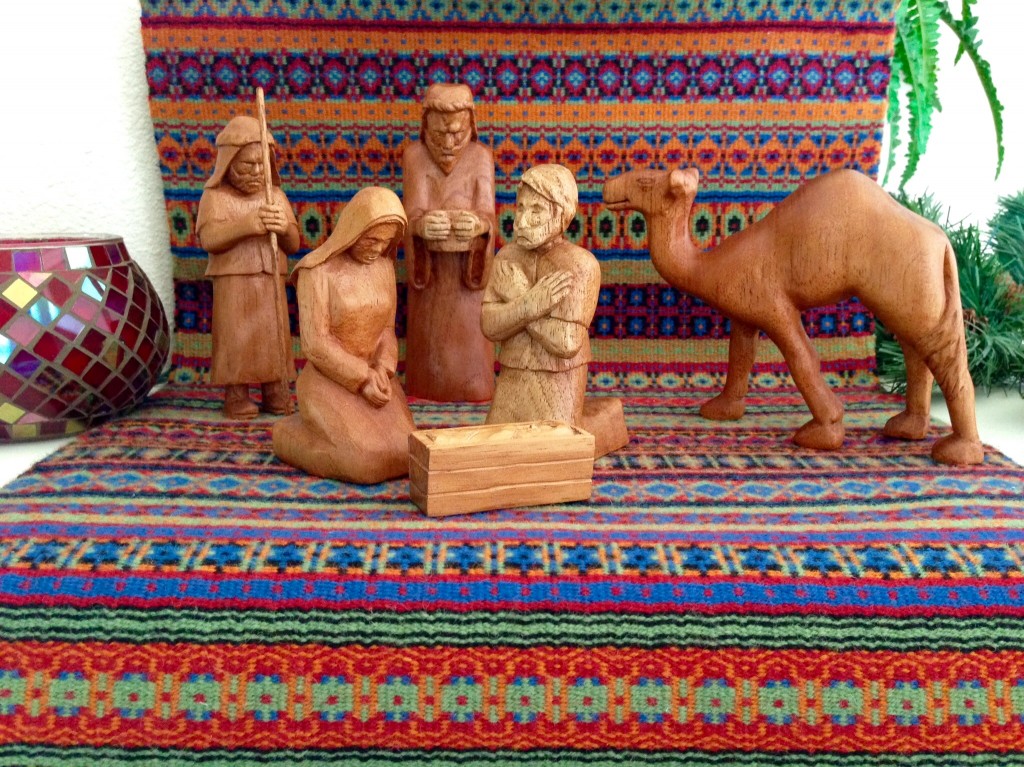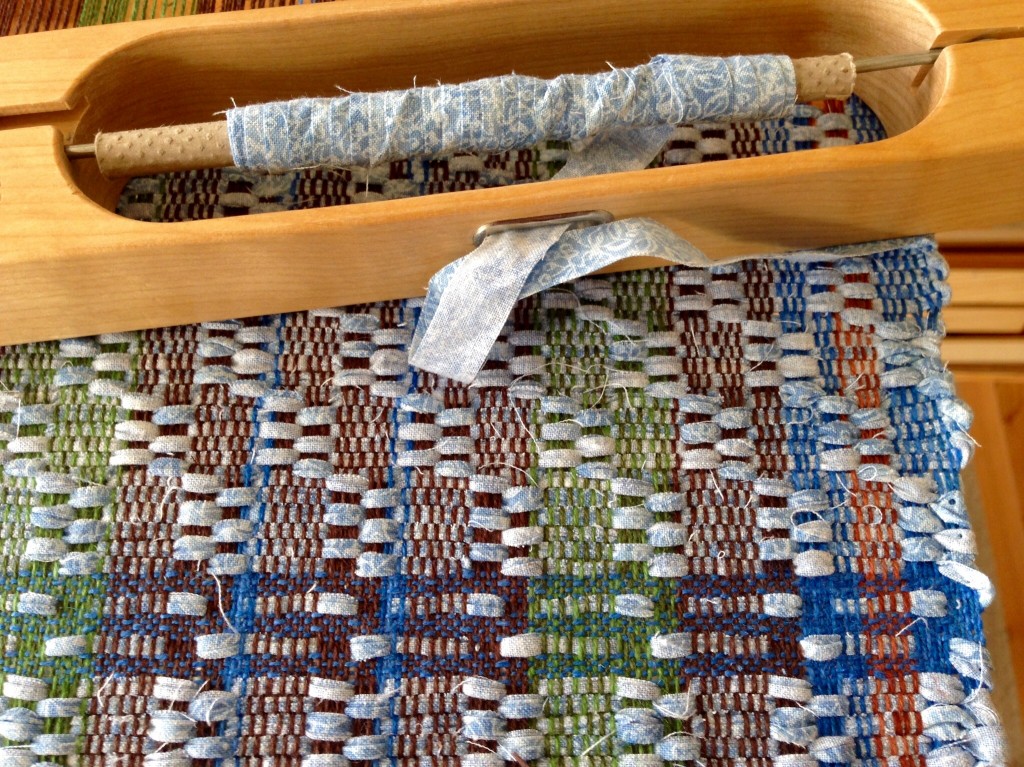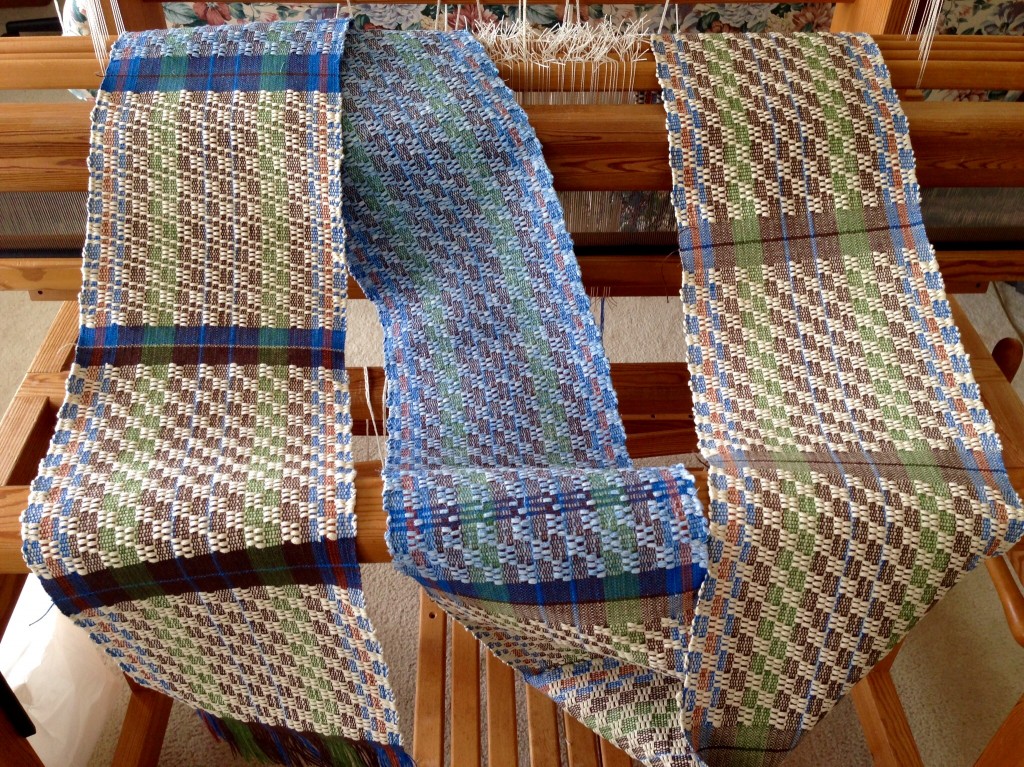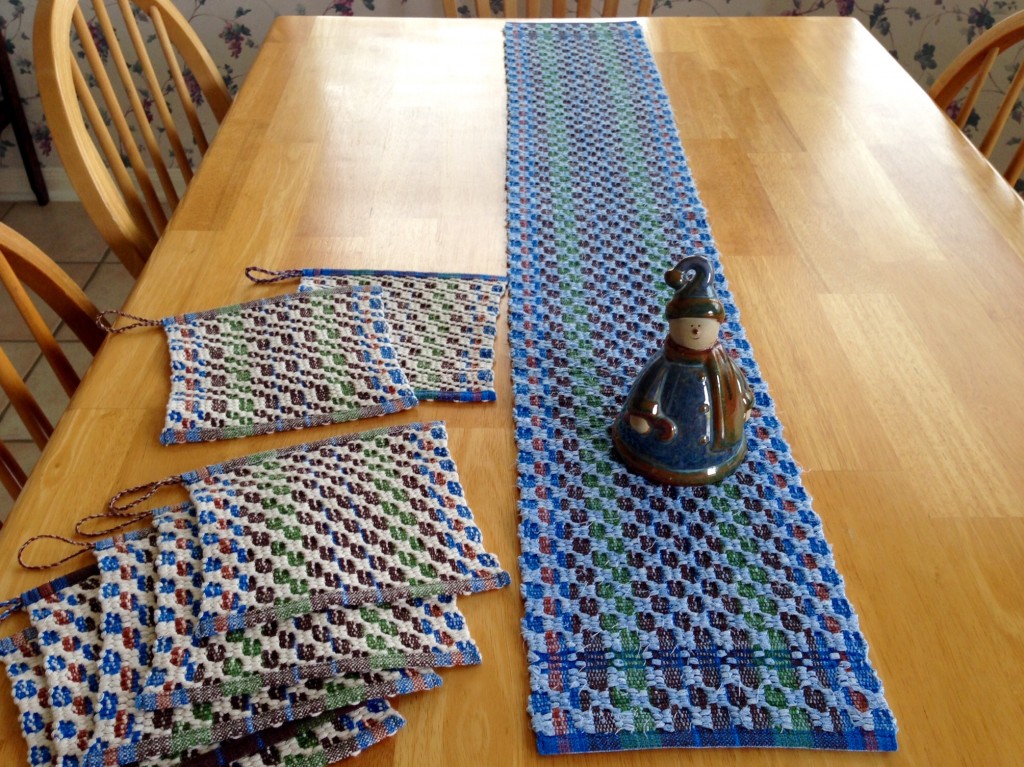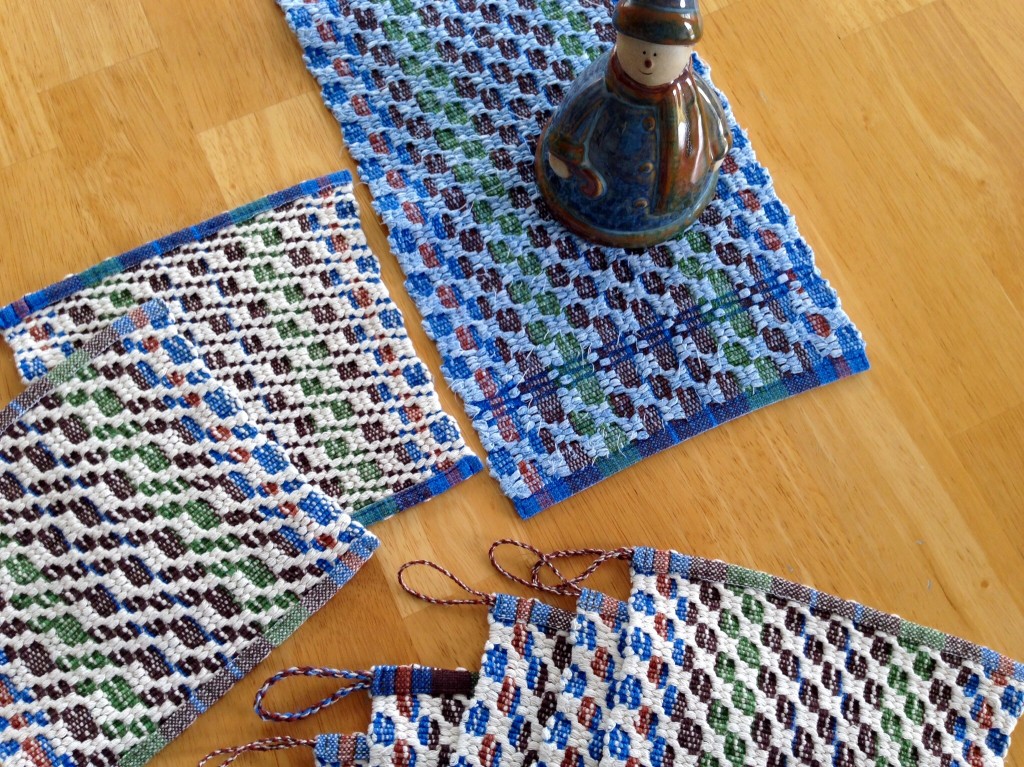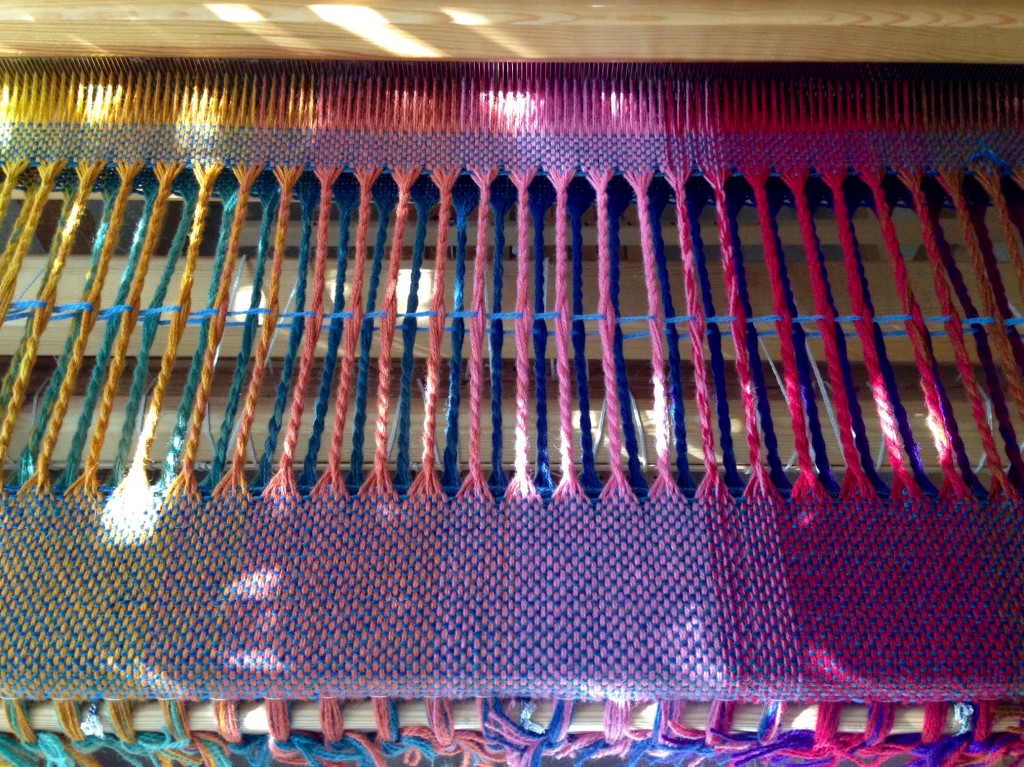A tapestry diary seems like a fun challenge. Weaving a small amount each day gives a visual journal of woven ideas over time. I have seen some examples of tapestry diaries that I admire. I like the concept, but I feel tentative about starting one myself.
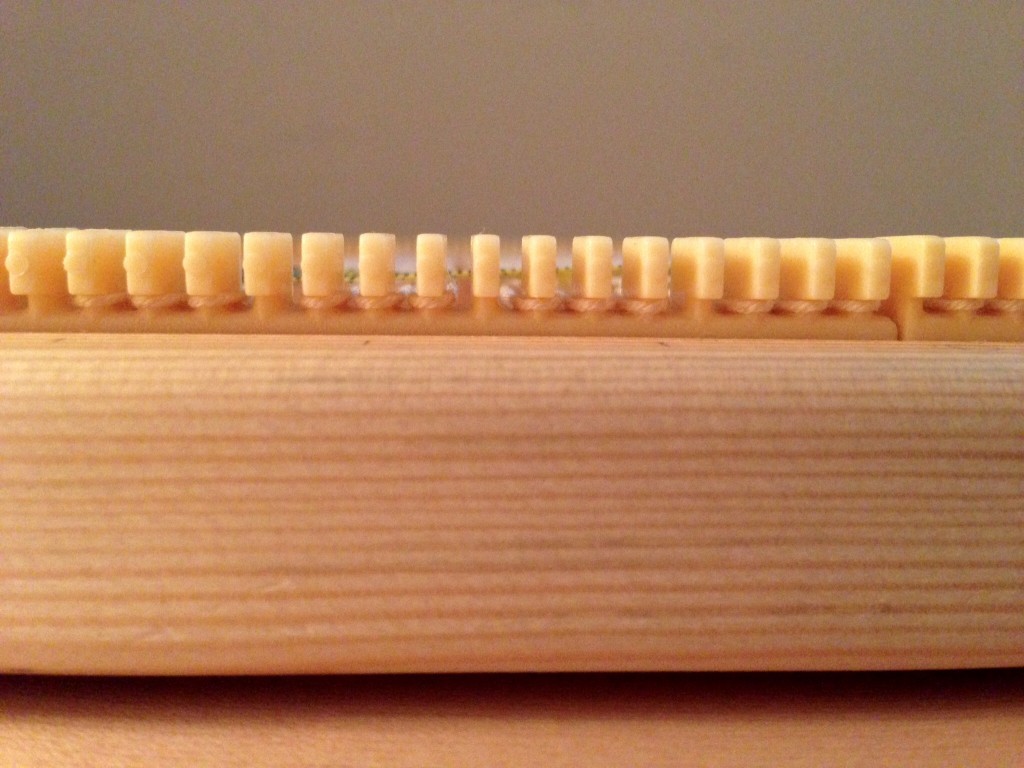
Will I have enough ideas to fill that space, or enough little bits of time to weave, or the consistency to keep at it? These are my doubts. On the other hand, the frequent practice will help me improve in tapestry techniques; and, watching the tapestry grow should be fascinating. And deep down I know I can’t really use up all my ideas. The more you express ideas, the more ideas you gain, as proven by other tapestry weavers, like Janette Meetze.
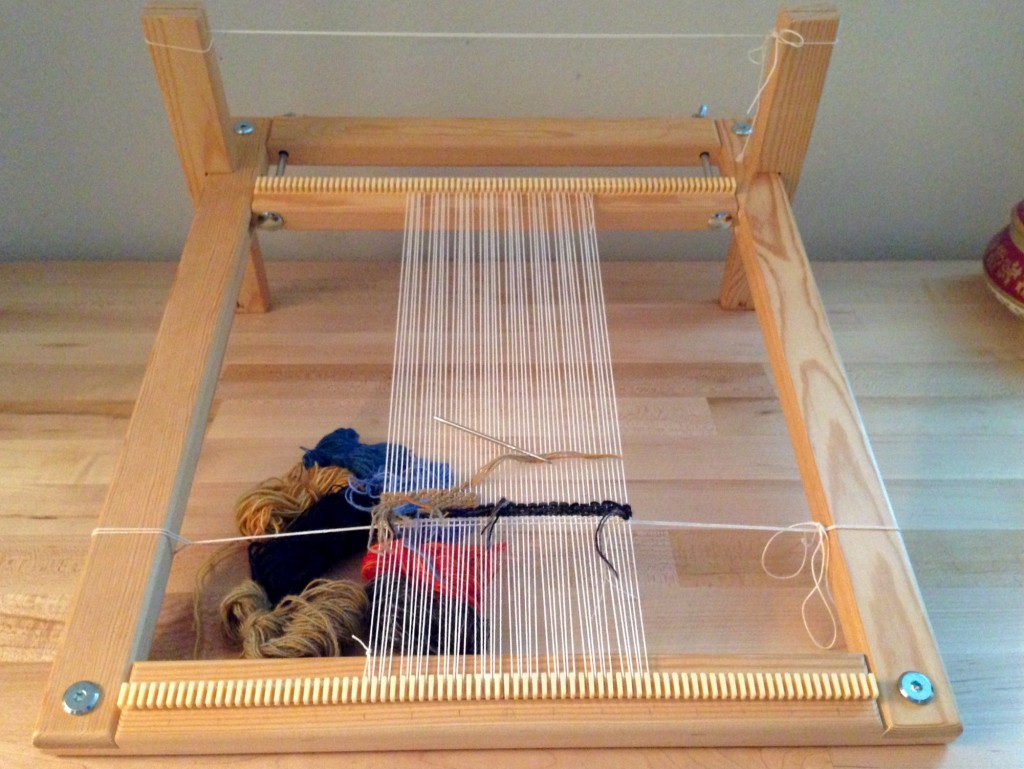
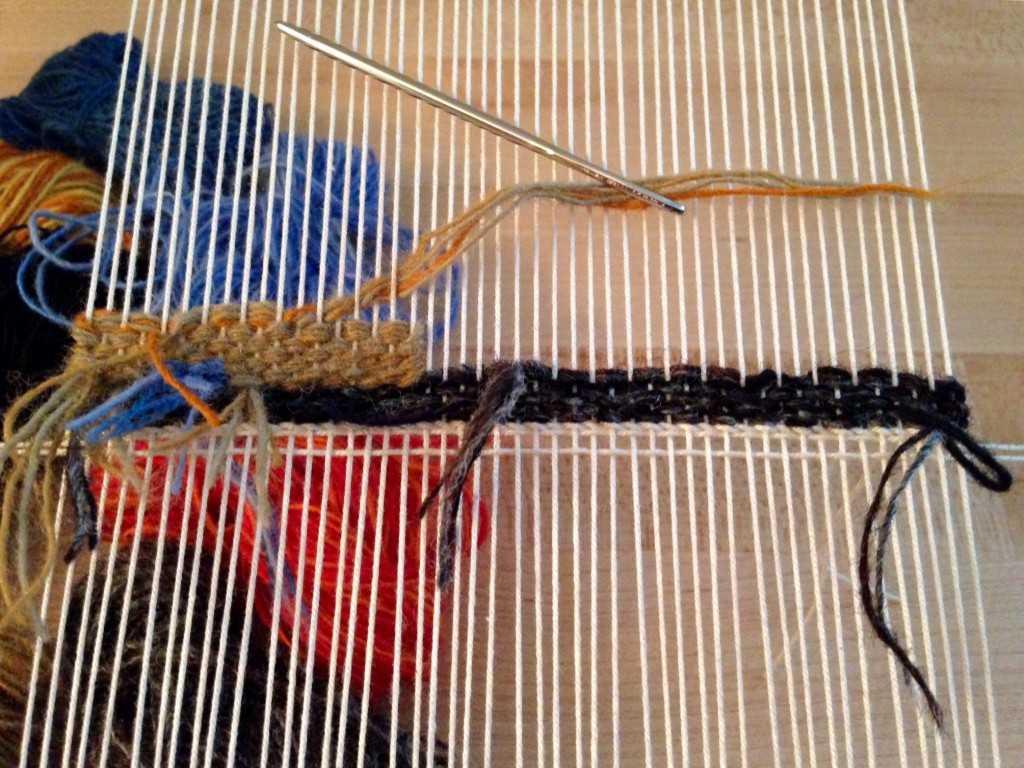
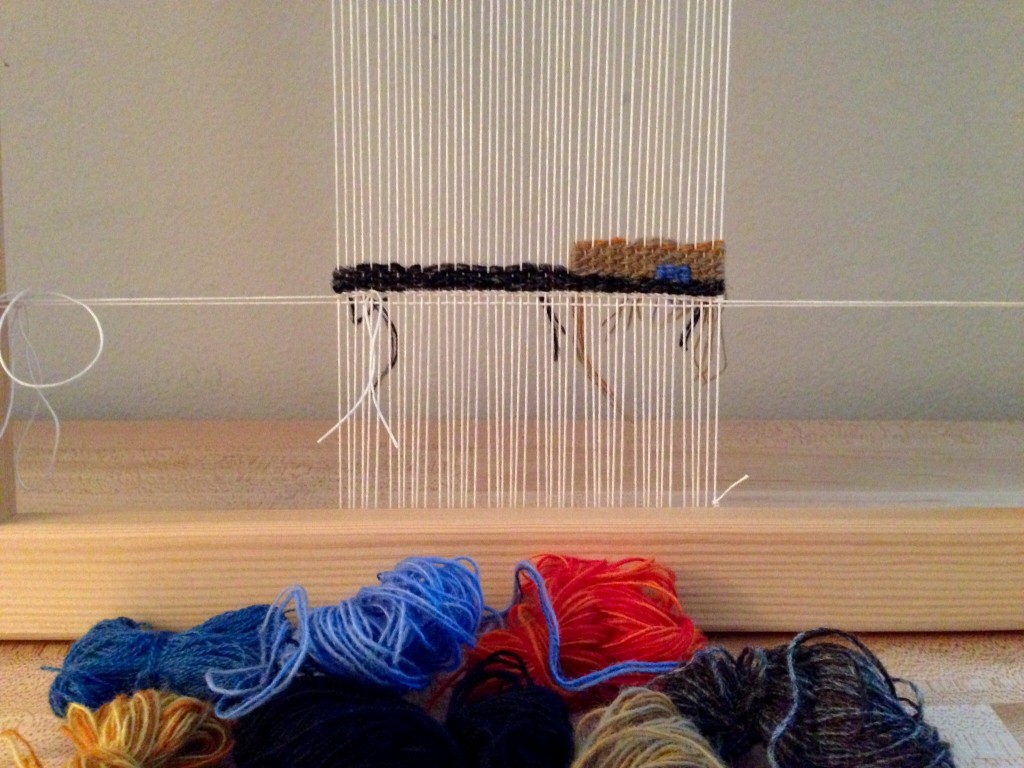
This is a picture of generosity, as well. When you give, it is like planting seeds. Sow seeds generously and you will see a bountiful harvest. A generous person always has enough to give. Their “giving cup” is continually replenished. I can at least start the tapestry diary. Being intentional makes it happen. Planting ideas, planting seeds, watching for things to grow.
~What will you be intentional about this year?
May you never run out of ideas.
(Make sure you don’t miss the new video at the top of Warped for Good’s About page. Let me know what you think!)
Starting the Year with You,
Karen

